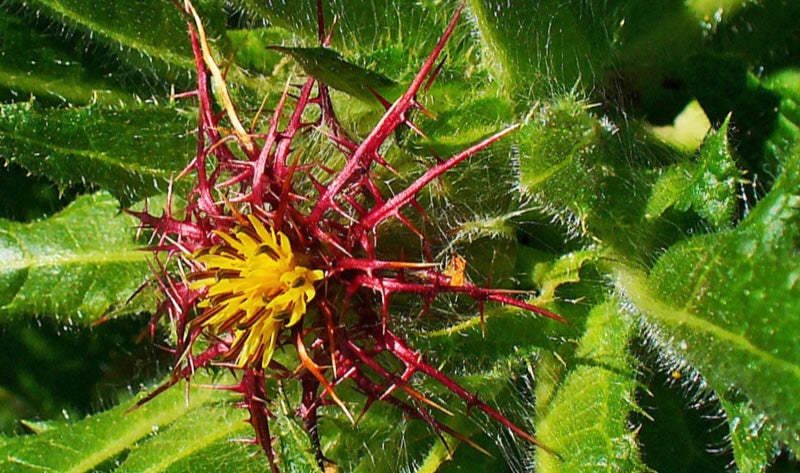Bear with Us: Sustainably Wild Harvested Oshá Root

Bear with Us: Sustainably Wild Harvested Oshá Root
In this post, we’re highlighting a fascinating plant with a long history of use in Native American herbal medicine and healing! Oshá is a magical plant with powerful healing properties, a native of the southwestern parts of the United States. It’s a special herb in the Em's Herbals story: Emily's personal experience with Oshá Root's alleviation of a throat infection helped lead her to her career as an herbalist!
Oshá is called “bear medicine” by some tribes. The Diné people say that the brown bear led them to the plant, and bears have been seen chewing the roots and rubbing them into their fur. The root has a strong, pleasant, aromatic fragrance, somewhat akin to celery, and is sometimes burned as incense.
Folk healers have used it for colds, coughs, flus, sore throats, sinusitis, and asthma; fever, pain, and inflammation; preventing stomach ulcers, controlling blood sugar in diabetes, easing menstrual cramps and bringing on delayed menses, as an antispasmodic and sedative, and ceremonially for protection and purification. Teas or extracts have been used topically for cuts, scrapes, or herpes sores.
For best results, we suggest chewing the root (like a bear!), preparing it as a tincture, or simmering it in water for several hours, adding more water as necessary.
Oshá (Ligusticum porteri) grows in partial shade in the mountains of Colorado, Wyoming, Utah, northern New Mexico, and parts of Mexico, at altitudes of 5-10,000 feet. Since its flourishing requires the presence of mycorrhizal fungi, efforts to cultivate it outside of its natural range have failed.
We are grateful to acquire our stock of Oshá from an experienced collector in the region, whom we trust to gather the roots of this rare and endangered plant sustainably!
Many of Oshá's traditional applications have been demonstrated in animal and in vitro experiments, and compounds isolated from Oshá have shown numerous medicinal actions including antimicrobial, antifungal, analgesic, anti-inflammatory, antioxidant, hepatoprotective, anticancer, antihyperglycemic, antithrombotic, insect repellent, antispasmodic, antiallergenic, and antihypertensive.
(Note: Oshá should be avoided during pregnancy or lactation. This article is for educational purposes only. No claims are made for diagnosis or treatment of any disease.)
Also in News

Blessed Thistle — An Ancient Herb for Strength, Spirit, and Motherhood
What makes Blessed Thistle so special? This versatile herb has long been valued for its bitter compounds, which herbalists believe help stimulate digestion and support the liver. It’s also known traditionally as one of the classic herbs for supporting milk production in breastfeeding mothers — making it a cherished ingredient in many nursing blends.

10 Fun Facts about Chamomile - The Wonder Herb
Chamomile is arguably one of the most familiar and commonly used herbs. Here's 10 interesting facts about this wonderfully diverse herb.

